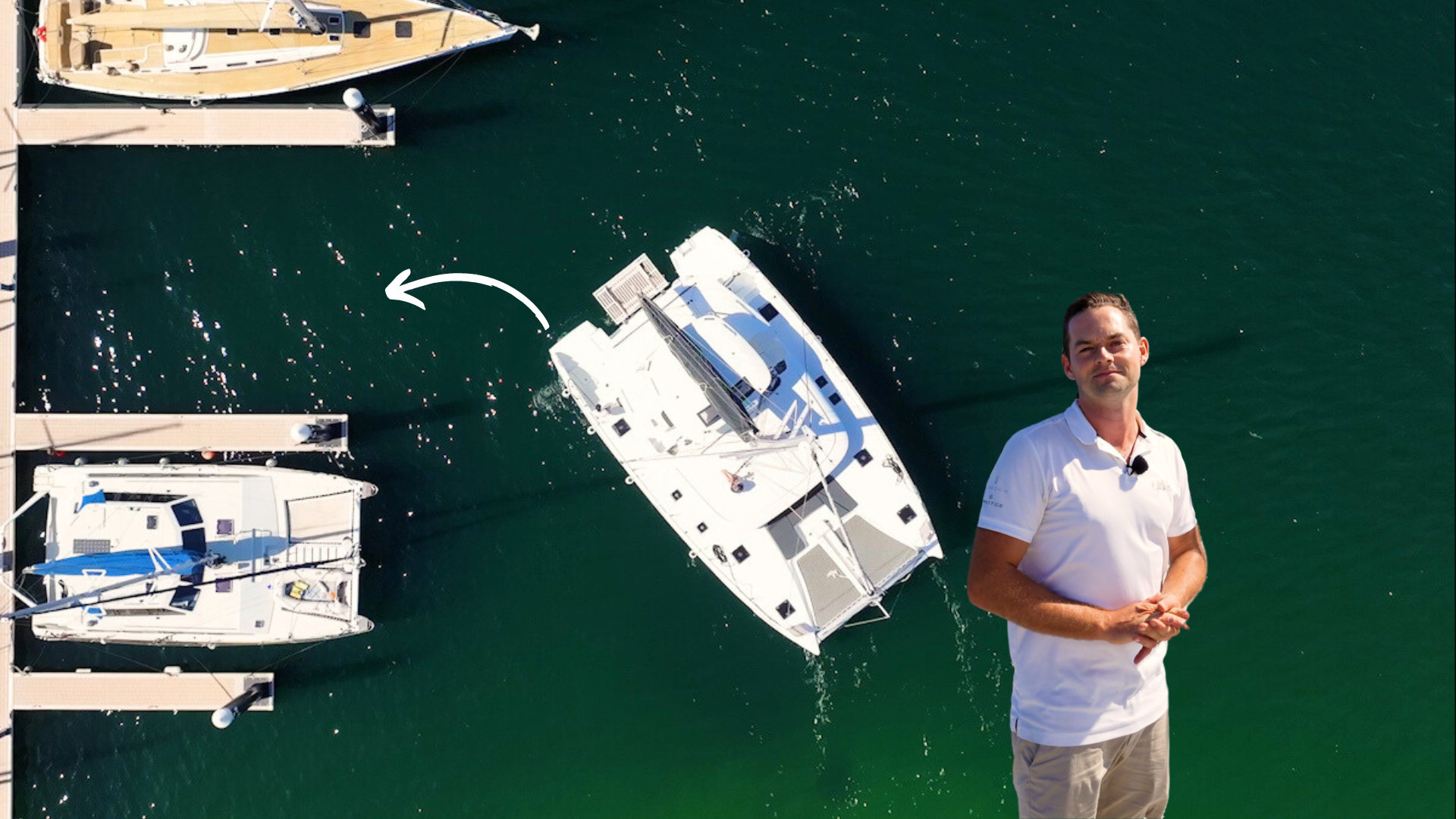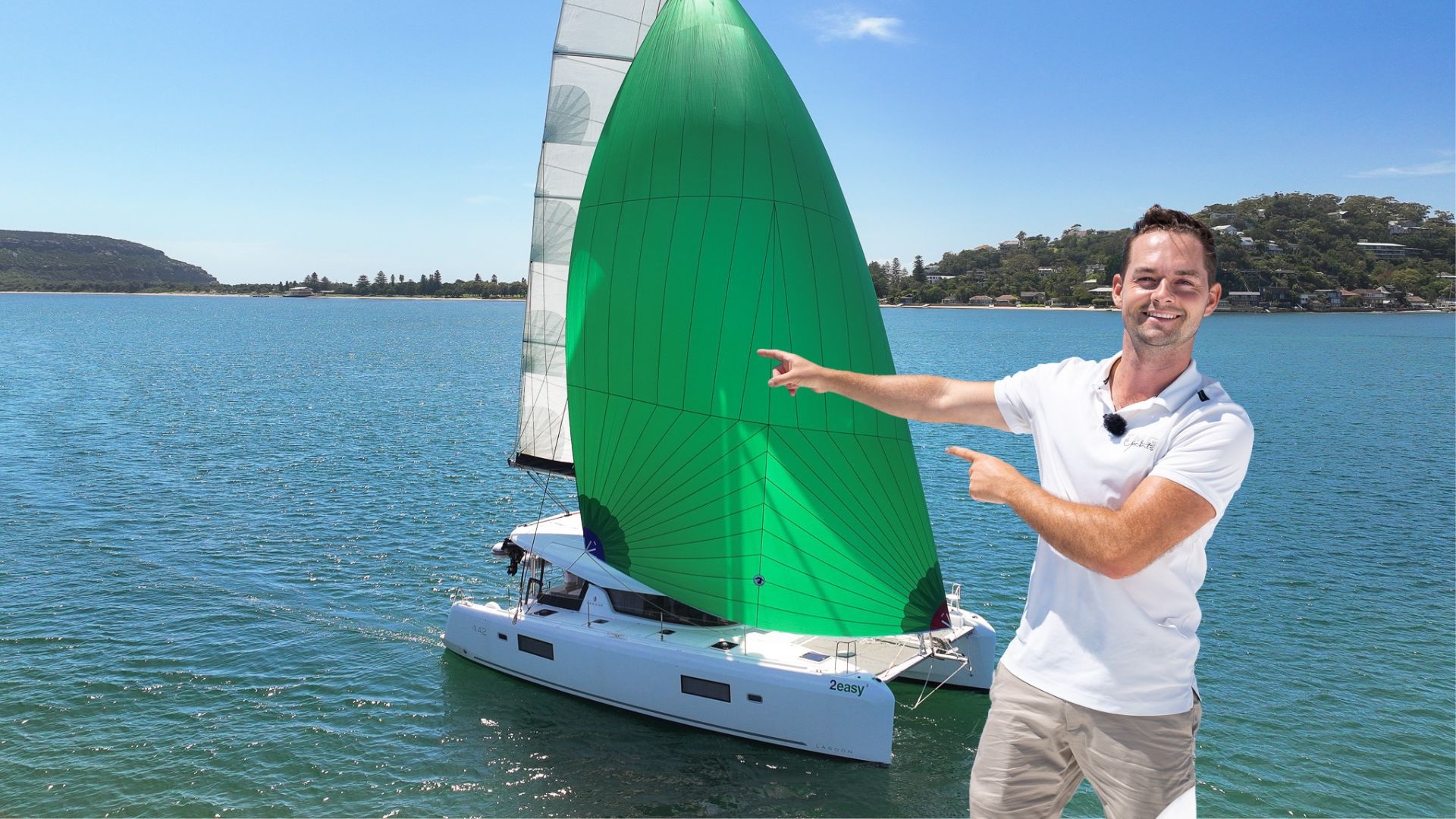Boating terminology: Top 10 Nautical terms
Impress your nautical-minded friends
Welcome to TMG Yachts’ “Inspire and Learn” series. In today’s episode, we’re diving into the world of nautical terminology, sharing the top 10 essential terms for use onboard a boat or among nautical-minded people. From port to starboard, and everything in between, join us as we unravel the origins and significance of these captivating terms.
Watch the full video on YouTube to reveal the origins of the following terms:
Halyard: A halyard is a line on a boat that lifts the sail up the mast. There’s a jib halyard for the sail at the front and a mainsail halyard for the mainsail, which is directly mounted onto the mast.
Port and Starboard: These terms refer to the left and right sides of the vessel when facing forwards. Regardless of orientation or position on the vessel, starboard is always the right side, and port is the left.
Head: The head on a boat is the toilet.
Galley: The galley, another term for the kitchen on a vessel.
Sheet: A sheet on a vessel is a rope used for controlling the movable end of a sail.
Lazy Jack: The Lazy Jack guides the sail into a bag when it comes down, making sail handling easier.
Jack Stay: This is a line or webbing running along the deck from one end of the vessel to the other, aiding in crew safety when sailing offshore.
Main Sail: The main sail, mounted on the main mast, is the driving force of a sailing boat, providing 80% of its power.
Jib/Genoa: The jib is a sail on the front of the vessel that comes forward of the mast. If it has more overlapping area with the main sail, it’s called a Genoa.
Gunwale: The gunwale, is the reinforced section of the hull at the top edge of the deck.



As you dive deeper into the world of boating and sailing, you’ll uncover a wealth of fascinating knowledge. From quirky terms to intriguing stories, each discovery adds a new dimension to your sailing experiences. These insights aren’t just for show; they’ll also help you communicate clearly and connect with the rich history of the sea.
LATEST FROM THE INSPIRE AND LEARN SERIES
Master Catamaran Sailing with Lagoon Campus
Launching in 2025, TMG Yachts introduces the Lagoon Campus—a tailored training program designed to upskill future Lagoon catamaran owners.
How to Dock in a Crosswind on a Catamaran (in a tight space)
In this episode, join Joe Fox as he walks you through the intricate process of docking a catamaran in a tight berth with a crosswind.
How to Fly an Asymmetric Spinnaker on a Catamaran
In this guide, we delve into the intricacies of flying a Code Zero on a catamaran, specifically the Lagoon 46. Join our expert, Joe Fox, as he walks you through the setup, preparation, and manoeuvres involved in harnessing the power of this versatile sail.



